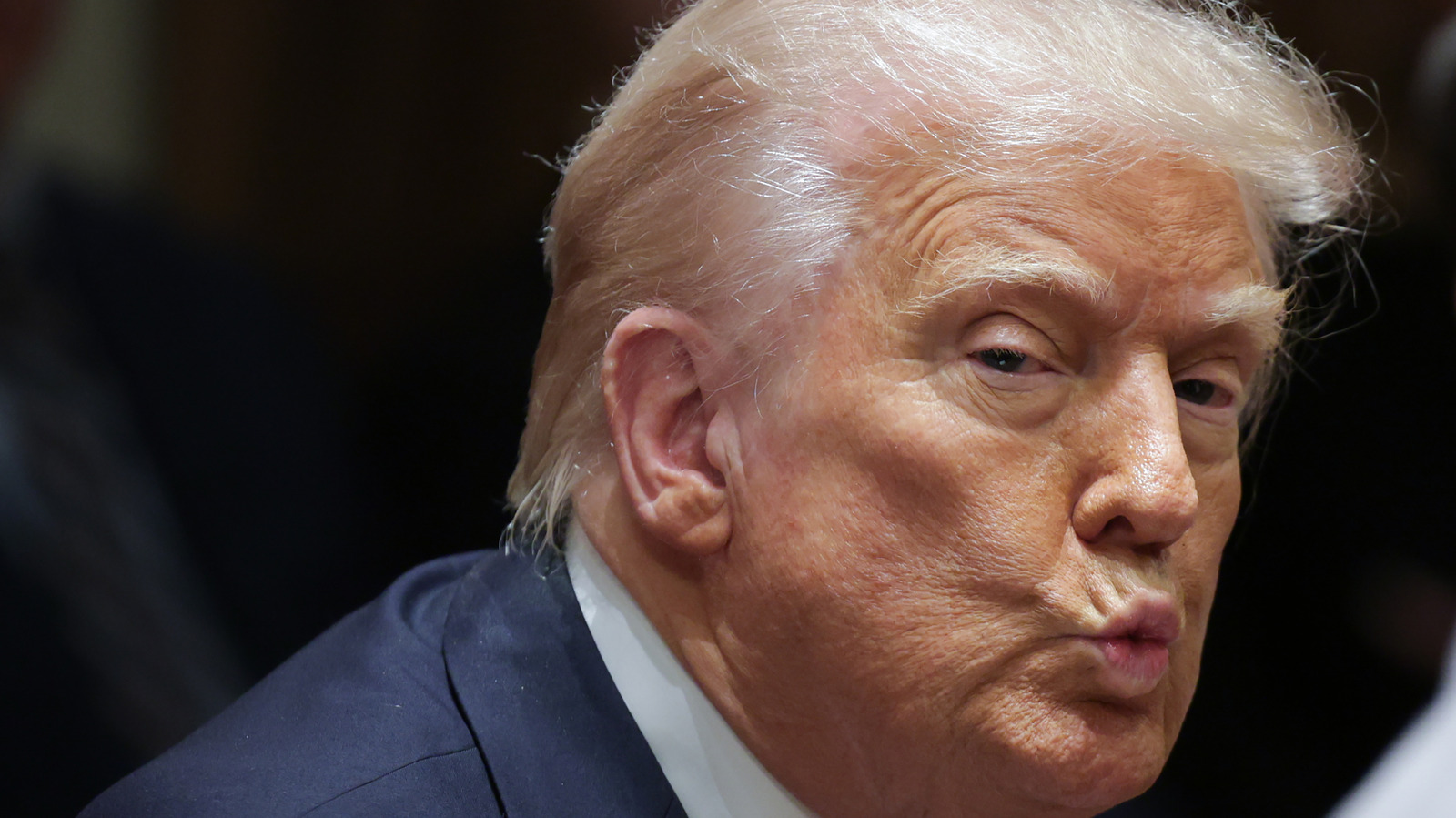The juxtaposition of statements made this month by U.S. President Donald Trump and Canadian Prime Minister Mark Carney could not prove themselves more different when it comes to their respective countries’ automotive manufacturing industries. Following the institution of sweeping automotive import tariffs, which will almost certainly lead to massive inflation of new car prices in the U.S., Donald Trump threatened U.S. based automakers, saying the White House would “look unfavorably on” any car company raising prices due to tariffs. Meanwhile, in Ottawa, Carney promised to “protect workers from American tariffs” while creating higher-paying jobs and buildout of an “all-in-Canada auto manufacturing network.” Trump wants protection for himself and his policies, while Carney wants protection for the Canadian workers. The message could not be clearer.
On Thursday Ottawa promised to create what it is calling a “$2,000,000,000 Strategic Response Fund to boost the Canadian auto manufacturing sector, improve competitiveness and protect local manufacturing jobs. The fund is earmarked to fortify Canada’s automotive supply chain “from raw materials to finished vehicles” and support upskilling Canadian workers.
“There’s no building without manufacturing, no manufacturing without strong workers, and no workers without strong unions,” said Carney. “With today’s announcement, we will protect workers from American tariffs, create higher-paying jobs, and build an all-in-Canada auto manufacturing network.” He later responded to Trump’s tariffs by saying “This is a very direct attack. We will defend our workers. We will defend our companies. We will defend our country.”
Elbows up?
The U.S. auto industry is incredibly reliant on imported vehicles and components to survive. With these new 25 percent tariffs on all imported cars and major components, prices that consumers pay at dealerships will almost certainly balloon by a similar percentage. If imported cars increase in price, domestically-produced vehicles will no longer see downward pricing pressures from competition and will have room to increase pricing to increase profit margins. That’s kind of basic macroeconomics stuff, right there. Without an enforced price ceiling, the Trump administration can expect automotive price inflation across the board, regardless of its threats.
Around half of all new cars sold in the U.S. are imported from other countries, and of the 8 million-ish vehicles built here for domestic consumption, only about 40 percent of the components used to build them are domestically sourced. That averages out to about 80 percent of sold-in-America car components will be hit with a 25 percent import duty under the new scheme. If U.S. automakers are not given a helping hand from the federal government, as Canada is doing, it will continue to fall behind and become further disconnected from the rest of the world. These are two very different approaches to automotive market growth, and time will tell whether investing in workers or threatening them is more successful.




